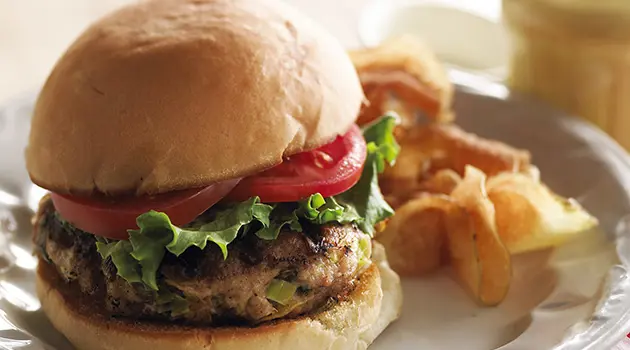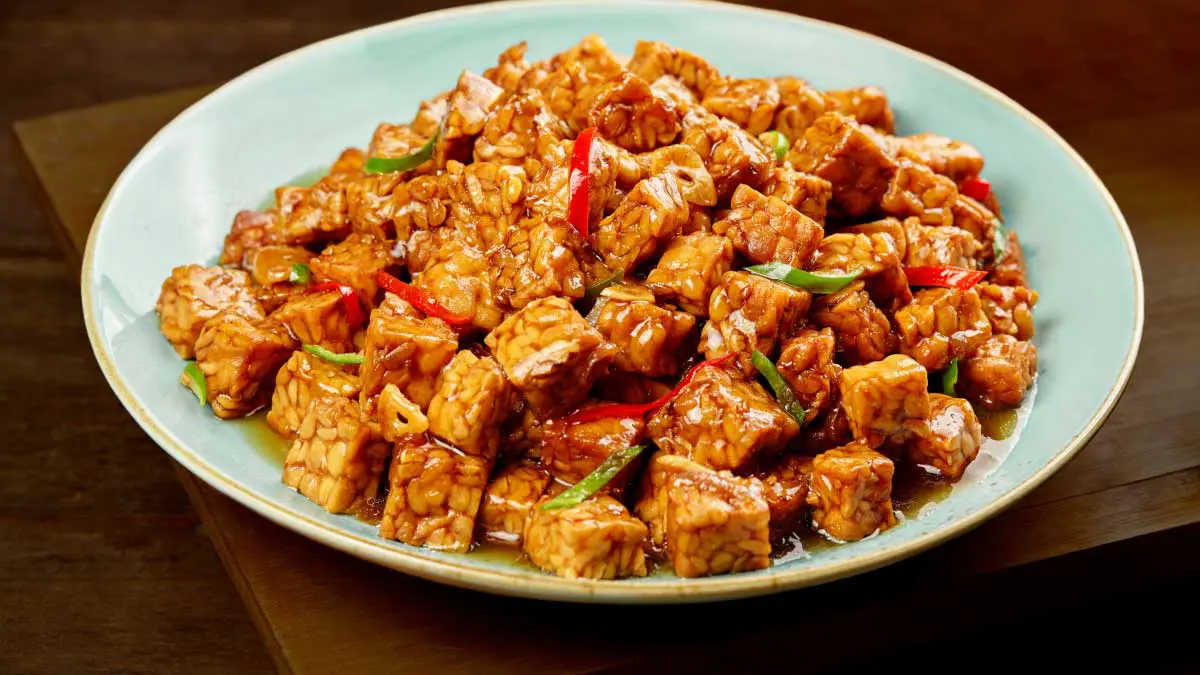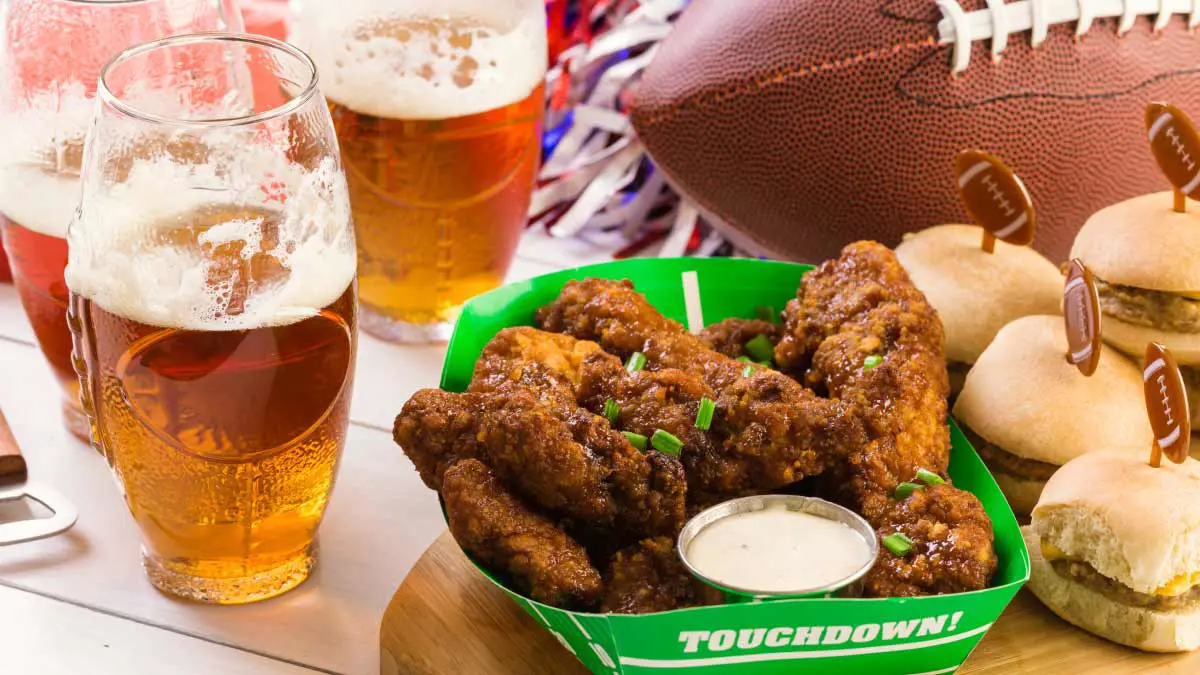With our fast and busy life style, many of us take their meals on the go. To avoid junk food, a lot of people goes towards sushi counters to eat well but quick. But, what is it really?
First step : Compare apples with apples.
To equitably compare a product to another, you need tu use the same reference weight. That is, we have to compare 100 g of sushi with 100 g of hamburger. Then, you evaluate disparities between both meals by taking care of their energy content (calories), proteins, lipids, sugars, vitamins, minerals and phytochemicals compounds.
But the evaluation doesn't stop there.
Board 1 : Comparative of 100 g of sushi and 100 g of burger.
____ : meals strength
____ : meals weakness
100g | Energy (kcal) | Lipids(g) | Lipids saturated(g) | Sodium (mg) | Carbohydrates(g) | Fibers(g) | Sugars(g) | Proteins(g) | Iron(mg) | Ca(mg) | Vit D (UI) | Vit C (mg) | Folates(ucg) | Phytochemicals compounds |
Sushi (with vegetables and fish) | 160 | 0,5 | 0,1 | 267 | 33 | 0,7 | 6,6 | 4,8 | 0,5 | 21 | 40 | 2,3 | 15 | Contains luteine and zeaxanthine, omega-3 |
Hamburger(with cheese, vegetables and garnishings) | 254 | 11,5 | 5,0 | 546 | 25 | 1,4 | 5,1 | 13 | 2,8 | 92 | 2 | 0,6 | 62 | - |
Second step : Evaluate usual meal offered.
Then, we have to evaluate the nutritional value for a usual portion to reflect eater reality. It's obvious that no one order 100 g of burger to the waiter of 100 g of sushi at the counter for takeout!
Plus, for a meal at the restaurant, set aside the main meal, we have to consider side dish : fries, soft drinks in restaurant which offers hamburgers and then soy sauce, ginger, fruits juice, sparkling water or vegetables juice for sushi restaurants.
Board 2 : Comparative for a sushi meal (12 pieces, 30 ml soy sauce, 60 ml ginger, San Pellegrino Aranciata 330 ml) and of an hamburger meal (cheese sandwich with garnishings and vegetables, medium fries 117 g, regular sparkling drink 22 oz)
____ : meals strength
____ : meals weakness
100g | Energy (kcal) | Lipids(g) | Lipids saturated(g) | Sodium (mg) | Carbohydrates(g) | Fibers(g) | Sugars(g) | Proteins(g) | Iron(mg) | Ca(mg) | Vit D (UI) | Vit C (mg) | Folates(ucg) | Phytochemicals compounds |
Sushi meals | 681 | 1,4 | 0,3 | 1742 | 133 | 3 | 45 | 16 | 2,2 | 64 | 122 | 7 | 32 | Contains luteine and zeaxanthine, omega-3 |
Burger meals | 896 | 28,7 | 7,7 | 810 | 177,5 | 5,8 | 109,5 | 15 | 3,8 | 113 | 2 | 6,1 | 97 | Caffeine 82 mg |
Third step: Get conclusion from facts and not from a crystal ball!
The comparison of two meals per 100 g and the comparison of a usual meal eaten at a restaurant shows many strength and weakness of each meal.
As for the sushi meal its strength is its moderate content of energy (calories), low with total lipids (fats) and also with bad lipids (saturated). Because of the nature of ingredients, this meal contains an interesting content of iron ad vitamin D, a vitamin which the lack of intake is frequent for Quebecers. Plus, it contains phytochemicals compounds and omega-3. The weakness for this meal if obviously its sodium content. 1742 mg of sodium, which represent more than 116% of daily needs in sodium for a man or for a woman of 31 to 50 years old.
The traditional fast food meal ; hamburger, fries and soft drinks is interesting for its content of proteins, iron, calcium and fibers. But, like many could have thought, it lost its interest on the nutritional plan when we take a look at its energy content (calories, lipids (fats and sugars.
To be short, without any doubt, I would opt for sushi. However, its sodium content is alarming. Even more for people which suffers from high blood pressure and which, to avoid sugars, opt for a vegetables juice. These drink are also pretty rich with sodium.
References :
Fichier canadien sur les éléments nutritifs, Santé Canada, www.sc-hc.gc.ca, consulté le 8 janvier 2014.
USDA National nutrient data base for standard reference, United State Departement of Agriculture, www.usda.gov, consulté le 8 janvier 2014.




